Shimla
Wastage of water by Govt. Department DIT , Block no. 24 ,Kasumpati , Shimla

Wastage of water by Govt. Department DIT , Block no. 24 ,Kasumpati , Shimla

Opinion
The Unsung Economic Emancipator of the Shimla Hills
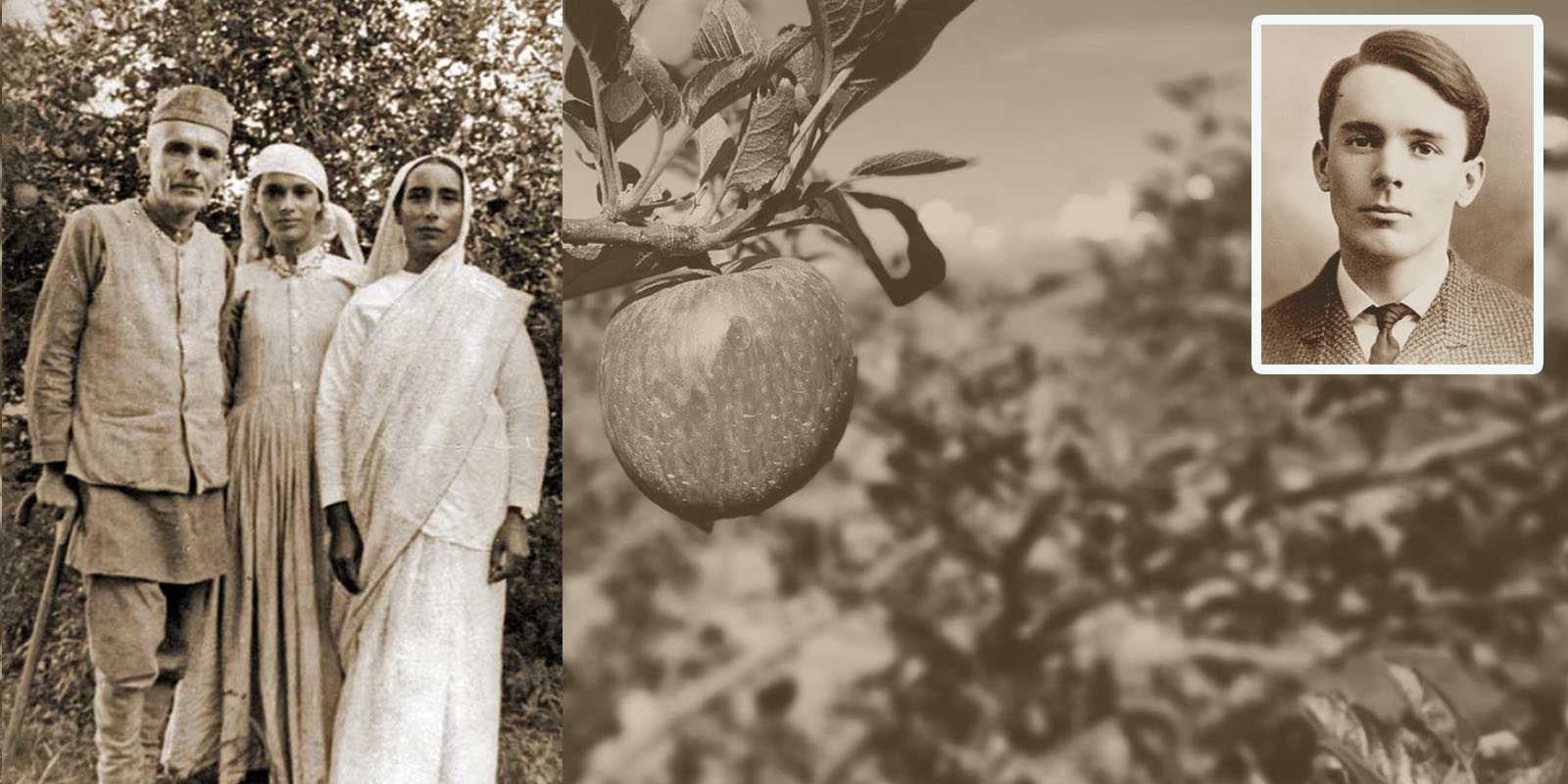
By- Sunny Grack, an Economic and Management graduate and a former banker.
May 14th, 2020 was marked as the 74th death anniversary Satyanand Stokes- the man who brought the American Delicious variety of apples to Himachal Pradesh.
It was in the winter of 1916, Satyanand Stokes, planted a new strain of apple variety known as Red Delicious at his Barubagh orchard in Thanedhar, 80 Kms northeast from Shimla. During his visit to his home town Philadelphia in 1915, he found out that a new strain of apples has been developed by the Stark Brothers in Louisiana.
Later that year while returning to India, he managed to smuggle few apple saplings, hidden in pillows, to India from Louisiana. That’s how the apple cultivation sprouted in Shimla Hills, which would in later years, transform the economy and destiny of these hills.
Samuel Evans Stokes was born in Philadelphia on 16th August 1882 in a family in the business of elevators– running in the name of “Stokes & Parrish Machine Co” (Later merged with Otis).
In 1904, he met a doctor couple- Mr. and Mrs. Carleton, who used to run a home for leper patients in Northern India- at Philadelphia, while they were raising funds for the building churches and were also looking for volunteers to work in a leper home in Northern India. Influenced by their work, he decided to join them in their work in India.
At the age of 21 years, he landed on the shores of Bombay on 26 February in 1904 from Philadelphia and started working in Leprosy home in Sabato, Solan (what was then Punjab). As this was his first summer in India, the extremely hot conditions of Indian summer forced Mr. Carleton to send him to take rest at Church at Kotgarh, near Shimla.
While recovering in Kotgarh, he explored the surrounding hills. Having fallen in love with the eternal beauty of these hills, he immediately decided to spend the rest of his life at Thanedhar; a small village in Himachal Pradesh, fondly labelled as the “Mistress of the Northern Hills” by Rudyard Kipling.
Satyanand Stokes was moved by the plight of the villagers, who were stricken in extreme poverty. Back then, the majority of the people around Thanedhar were shepherds; only a handful of them cultivated wheat and potatoes. He started experimenting on the varieties of pear, plum, and apple saplings at his orchard in Barubagh, Thanedhar. By 1928, the apples from his Barubagh orchard had taken over the surrounding hills propelling the area into a nascent stage of apple cultivation.
Initially, his American origin, unfamiliarity to local dialects, customs, and traditions acted as a barrier between him and villagers. As a result, he was treated as an outsider. Stokes realized this early enough, he noted in his diary: “There seems to be an invisible barrier that stands in the way of any unaffected natural relationship.”
To overcome these invisible barriers, he learned the Pahari–a dialect of Hindi language, spoken in this area– gave up his western attires and started donning the local ones. He also married a local woman named Agnes on September 12, 1912.
His interaction with the Sadhus, who were on their way to Kailash Mansarovar induced him to read Bhagavad Gita and Upnishads in English; later on, he also learned to read the Sanskrit language. Moved and influenced by the principles of Arya Samaj and other religious texts, he embraced the Hindu religion in 1932. And his name was changed from Samuel Evans Stokes to Satyanand Stokes.
Harmony Hall, his estate house was built on the ridge above Thanedhar in 1912. The two-story building is an architectural marvel of the sloping slate roof, wooden beams, and dresses stone and certainly with western influences such as chimneys and big windows.
Satyanand Stokes also built a pent roofed style temple next to Harmony Hall in 1937 which is known as Paramjyoti Mandir or the Temple of Eternal Light. The temple has a Havan Kund and carved inscription from Bhagavad Gita and Upnishads that aptly sums up his philosophy of life.
In the year 1924, he also started a Tara High School in memory of his son who died at a tender age of 8 years. At this school, he used to educate the children of local farmers on religion, Hindi and English language, horticulture, self-defence, etc. A special emphasis was laid on the education of girls.
Stokes also carved a niche for himself in the Indian freedom struggle, with his notable contributions. The Jallaiwala Bagh massacre in 1919 made a profound impact on him, prompting him to join the Indian National Congress; holding the unique distinction of being the only American member of the All India Congress Committee. In 1920, he represented Kotgarh at the Nagpur session of the All India Congress Committee.
In the following year, he was instrumental in signing the Congress manifesto of giving up government jobs and exhorting them to join the freedom struggler.
He was charged with “sedition” during the protest against the Prince of Wales Edward VIII’s visit to India and was imprisoned in Lahore (now in Pakistan) jail. This made him the only American to be imprisoned by the British in the Indian struggle for Independence.
His remarkable work was acknowledged by Mahatma Gandhi in Young India—a weekly paper-by publishing a front-page article titled “Reward of Adoption.”
Satyanand Stokes and Gandhi shared an interesting relationship: both disagreed on many things, but their difference of opinion never came in the way of their emotive love and reverence for each other.
“In spite of our intellectual difference, our hearts have always been and will be one”,
Gandhi once told Stokes affectionately.
A social evil of the Begar (forced labor) system of the British and local Rajas was prevalent in the Kotgarh Ilaqa. He found it nothing, but a means to exploit the poor people and fought to abolish the Begar system.
Satyanand Stokes breathed his last on May 14, 1946, but not before he had entered the folklore of Shimla Hills. He dedicated his entire life selflessly to the social and economic upliftment of the people of Kotgarh Ilaqa.
His Holiness the Dalia Lama beautifully sums up his philosophy of life:
“The true expression of nonviolence is compassion. Some people seem to think that compassion is just a passive emotional response instead of a rational stimulus to action. But to experience genuine compassion is to develop a feeling of closeness to others combined with a sense of responsibility for their welfare.”
His selfless deeds acted as a springboard for the economic and social prosperity of the Shimla hills. It would only appropriate to call him “The Unsung Economic Emancipator of the Shimla Hills.”
A generation has benefited from his unmatched legacy, oblivious of reparation we all owe to him. To keep following his shown path of compassion, and work for the welfare of society would be a fitting reparation to him-if ever, there could be one.
News
Rs. 292 Crore Loan Agreement Signed with WB for Greater Shimla Water Supply & Sewerage Services
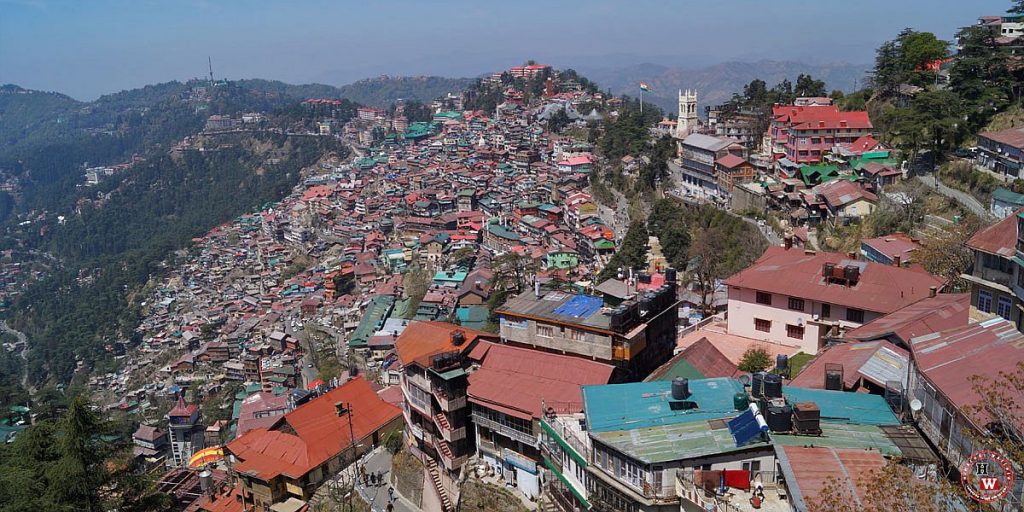
Shimla-Himachal Pradesh Government, Government of India and World Bank have signed Development Policy Loan – I ( DPL 1) amounting Rs. 292 Crores for the water supply and sewerage services in Greater Shimla Area in a meeting held at New Delhi today.
The total negotiated loan amount is Rs. 986 Crores
As per the official report, the components to be covered under Shimla Water Supply and Sewerage Project include:
- Construction of water supply system from Satluj and rehabilitation of Giri and Gumma pumping systems to supply 107 MLD at a cost of Rs 366 crore
- Improvement in water distribution and Supervisory Control and Data Acquisition (SCADA) at a cost of Rs 270 crore,
- Extension of sewage network at a cost of Rs 246 crore
- Rehabilitation and a capacity addition of sewage treatment plants at a cost of Rs. 104 crore
These will ensure per capita supply of water to 135 LPCS (Litre per capita per day) besides round the clock supply universal coverage, the official sources claimed.
The State Government claims that this is the first Development Policy Loan in the water sector for institutional reform, volumetric tariff, water connections, energy efficiency and customer satisfaction.
Shimla’s water supply infrastructure with a capacity of 40 million litres daily (MLD) is unable to meet the current demand of 56 MLD. As elsewhere in urban India, around half the available water is lost to leakages and unauthorized siphoning. As a result, the water supply reaches citizens only once in two days and for limited hours. With at least 30-40% of the city’s population of around 200,000 not covered by the sewerage system, sanitation has also emerged as a public health issue in Shimla.
The State Government has, jointly with the Shimla Municipal Corporation, set up a dedicated utility which will take over WSS services for the city; these responsibilities were hitherto fragmented between different agencies and departments, leading to blurred accountability. This utility — the Shimla Jal Prabandhan Nigam Ltd or SJPNL – will run the city’s WSS system. Policy decisions such as setting water tariffs and subsidies will be done by the State Government and the City Municipality.
The $40 Million Loan from the International Bank for Reconstruction and Development (IBRD), has a 4-year grace period and a maturity of 15.5 years.
This DPL will help SJPNL orient itself as a customer-focused utility that has the technical capacity, governance framework, and performance-based management policies needed to provide reliable water and efficient sanitation to the citizens of Shimla,
said Mr Junaid Ahmad, World Bank Country Director
Prabodh Saxena Principal Secretary Urban Development signed the loan agreement and Program agreement on behalf of Government of Himachal Pradesh.
Sameer Khare, Additional Secretary, Department of Economic Affairs (DEA), Ministry of Finance, GoI signed the legal and program agreement on behalf of Government of India.
Bandana Preyasi, Director DEA was also present in the meeting. Sh. Junaid Director Ahmad, Country and Smt Smita Misra, Team Leader represented the World Bank in the meeting.
HW Community
Video: New ISBT Shimla to Tutikandi Crossing road blocked after landslide

SHIMLA-After heavy rains in capital Shimla, a portion of road at the Tutikandi-Dhali bypass crossing, adjacent to under construction parking and shopping complex, went down with a landslide on Thursday at about 3 PM. No causalities were reported. Road between New ISBT Shimla to the point of landslide was closed for traffic. Long traffic-jam on Shimla-Chandigarh highway is troubling people. The administration was working to find a solution by creating an alternative deviation to resume the traffic. However, it’s not clear as to when the traffic will be resumed.
Watch Video:
Two videos show the moment it happened. While administration blames heavy rains, hailstorm and thunderstorms for the landslide, it is noticeable that excavation work for under-construction ropeway and parking-cum-shopping mall was underway for a long time now. The construction company seems to have failed to count such side-effects of digging and excavation in hilly region such as Shimla. Also, that the administration didn’t bother to monitor the site and spot such loopholes.
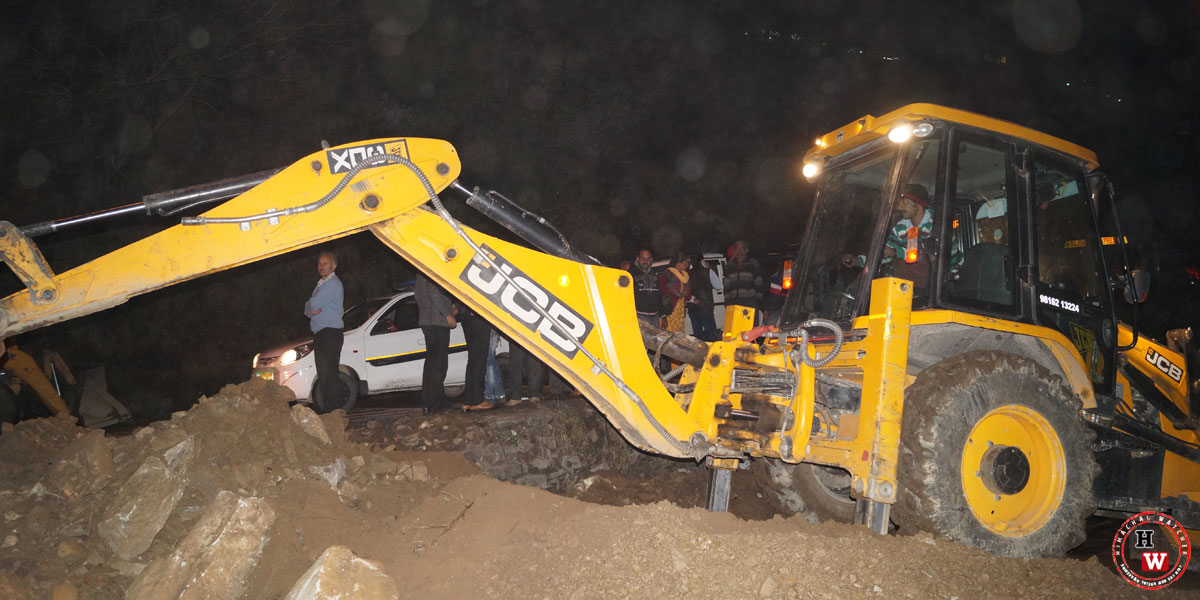
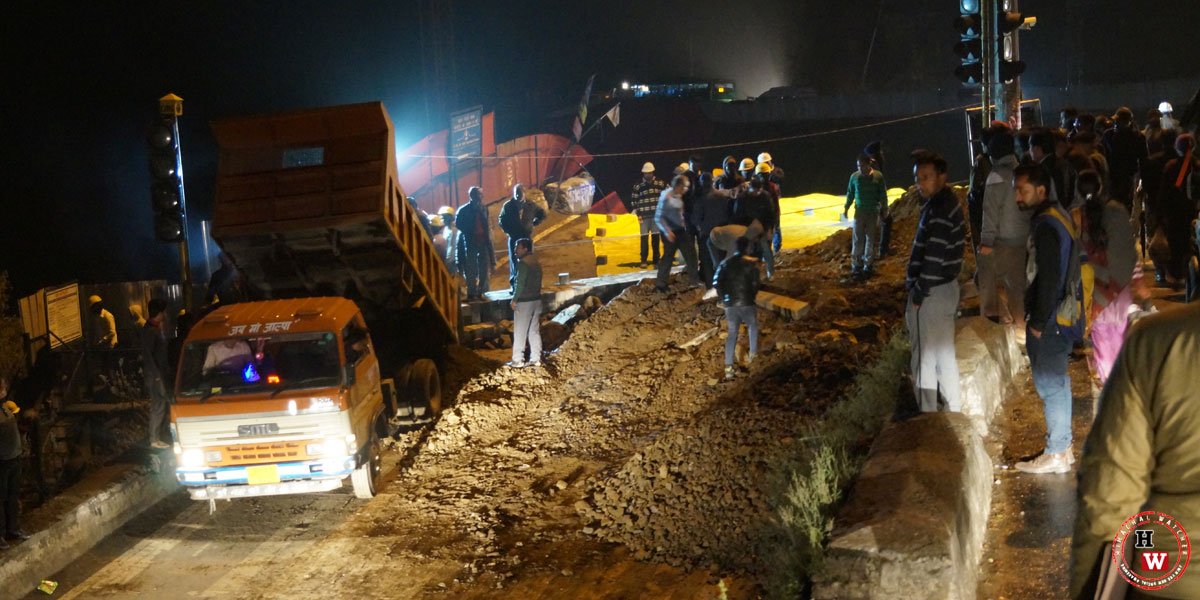
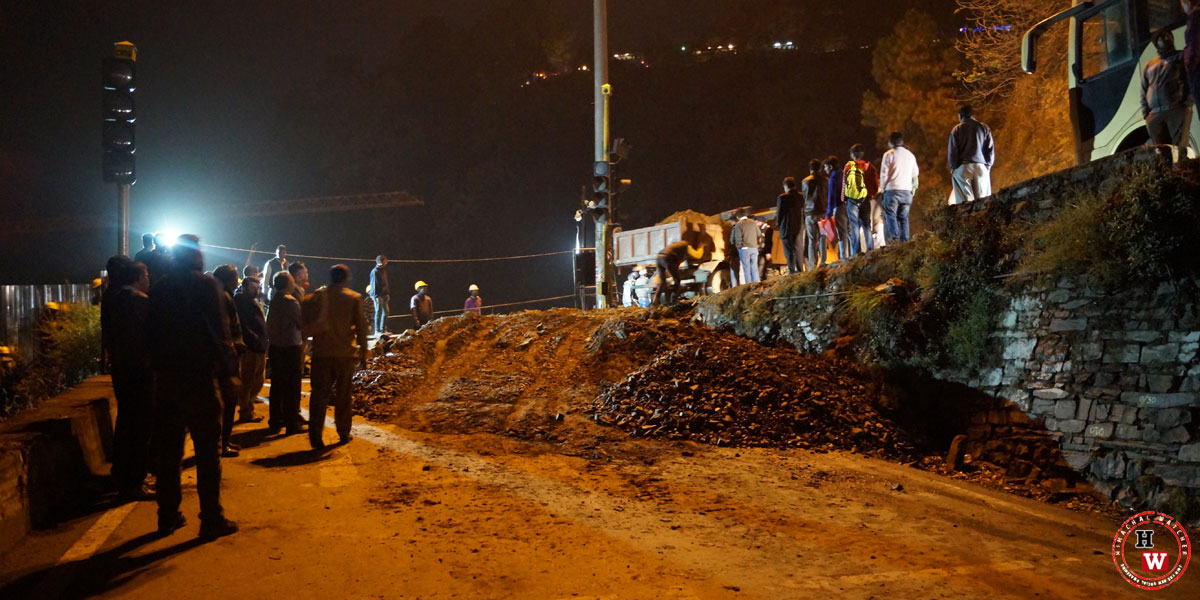
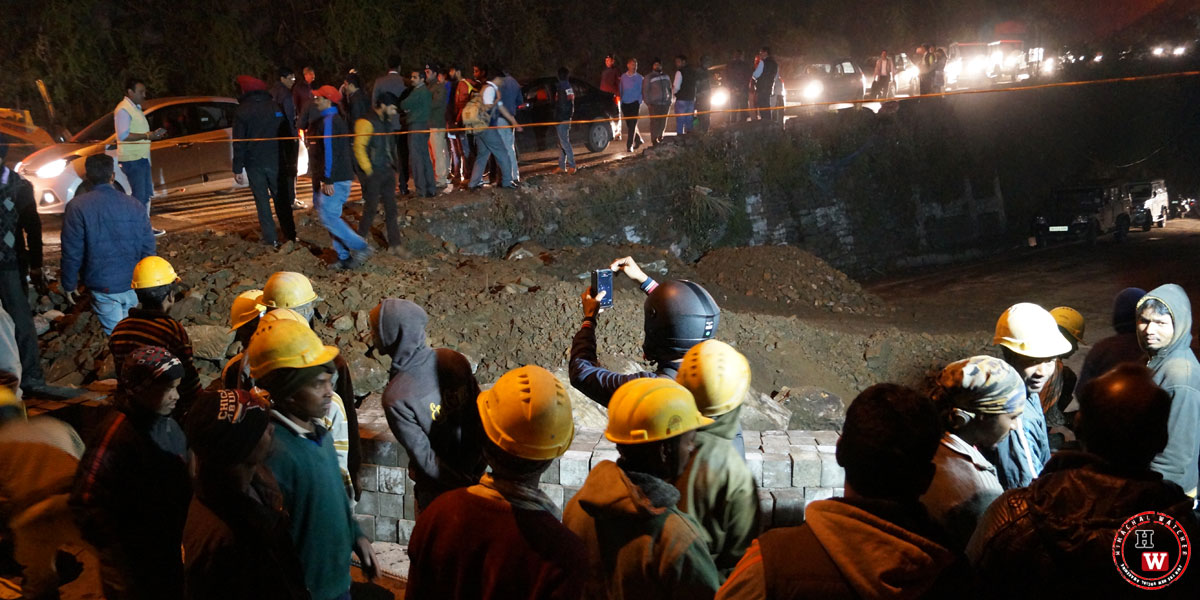
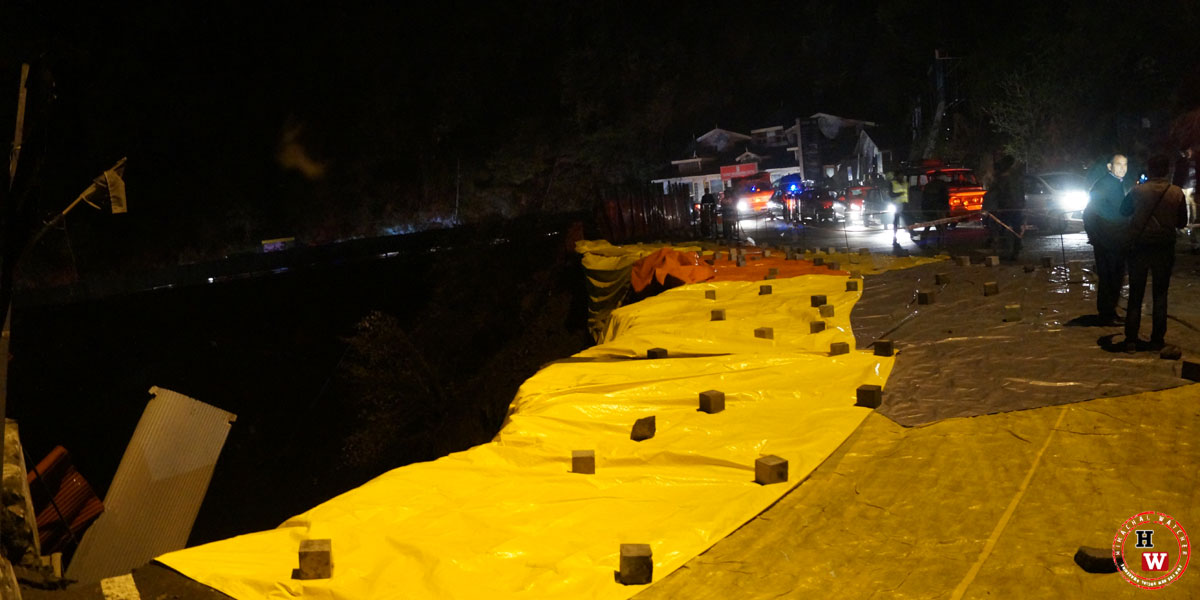





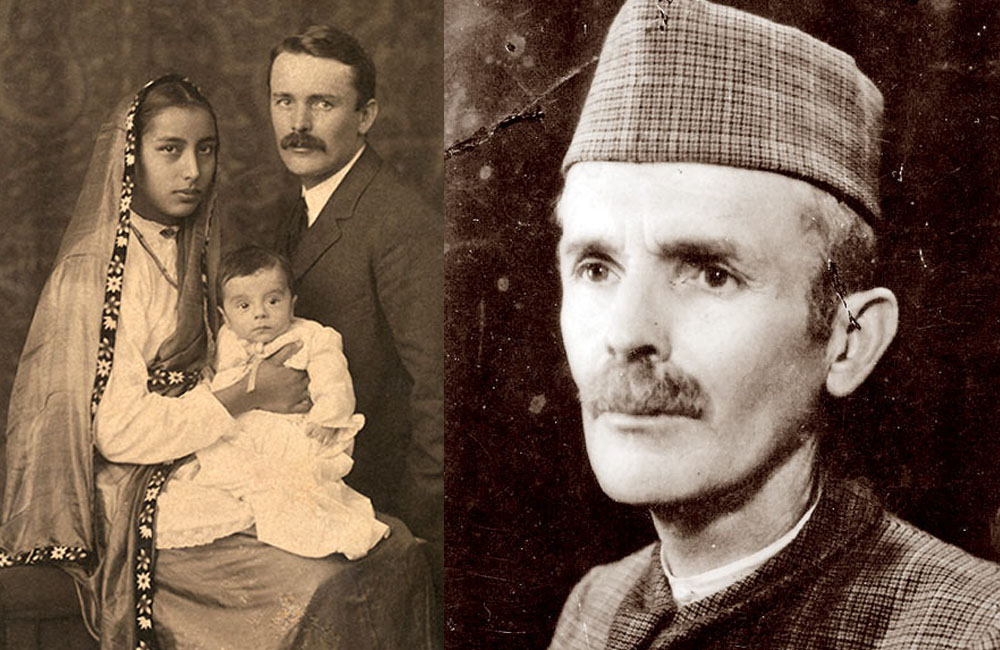
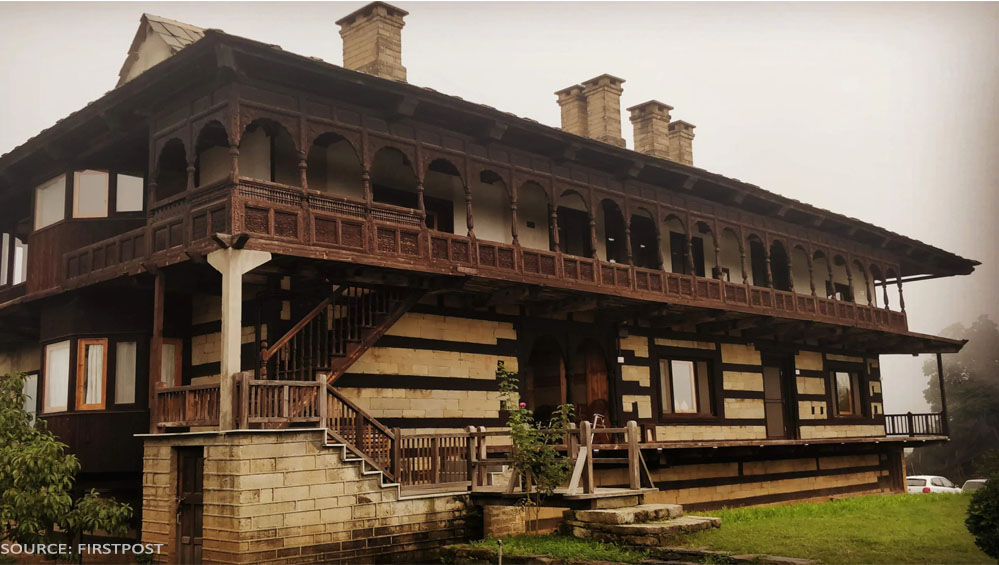
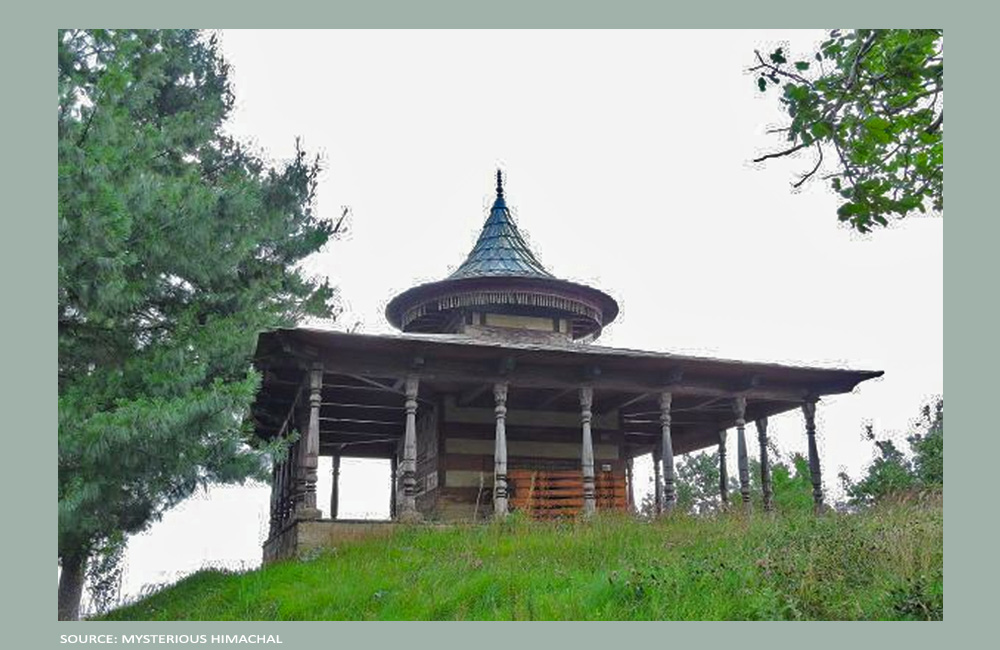







 Home Decor Ideas 2020
Home Decor Ideas 2020
